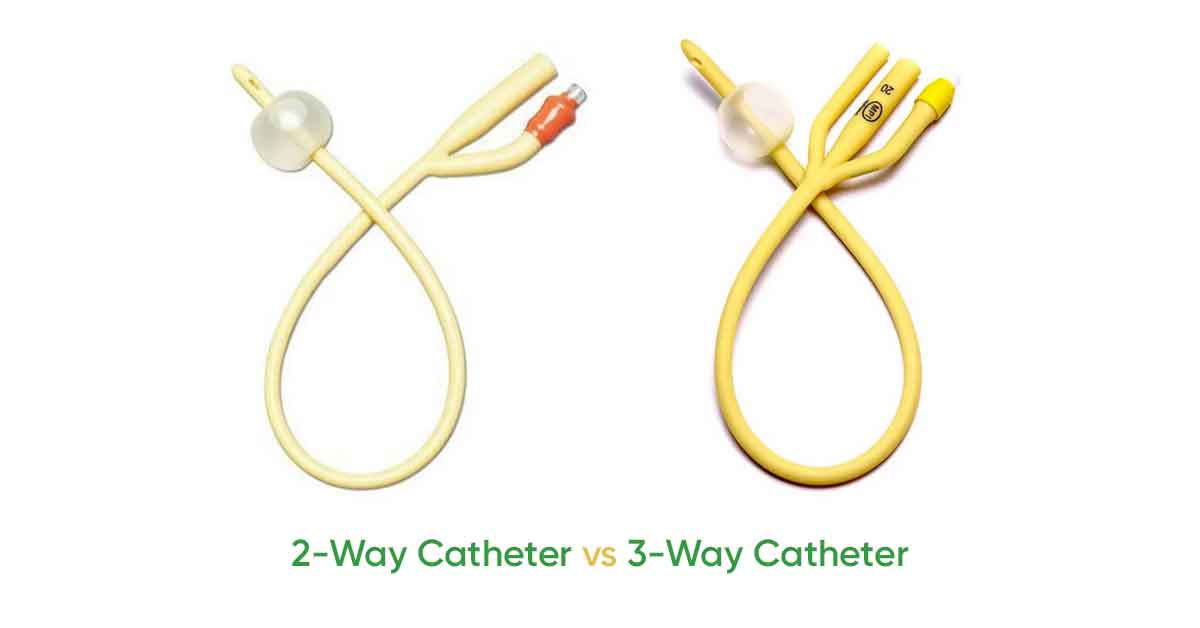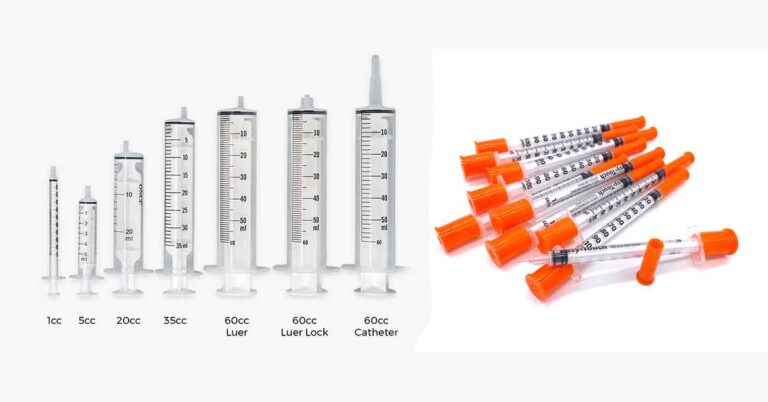A urinary catheter is medical equipment used to drain urine from the bladder of a patient who have a condition that makes normal urination difficult. It is a hollow, partially flexible tube, that leads directly from the bladder to the drainage bag.
There are two main types of urinary catheters: the intermittent catheter, and the Foley’, or ‘indwelling’ catheter. Intermittent catheter is inserted into the urethra to drain the bladder and removed after the drainage. It allows the bladder to get emptied regularly.
However, Foley’s catheter which is made of latex or silicone, is a semi-rigid, flexible tube named after the designer, Frederic Foley, a surgeon who worked in Boston, Massachusetts, in the 1930s.
It drains the bladder but blocks the urethra. This catheter has a water-filled balloon which is inflated after placing the catheter in position. It holds the catheter in the patient’s bladder for the period of time. It allows for continuous urine drainage, ranging from weeks to months before removal and replacement.
The insertion of the Foley’s catheter into the bladder is through the urethra (urethra catheter) or through incision in the abdominal wall (suprapubic catheter).
Foley’s catheter can be 2-way catheter or 3-way catheter.
Differences between 2-way Catheter and 3-way Catheter
Both the 2-way and 3-way catheters are types of indwelling or Foley’s catheter. The size of the Foley catheter is described with the French units (Fr).
The main difference between the 2-way catheter or 3-way catheter is the number of lumens available in both types.
The 2-way catheter has two lumens. One lumen is open at both ends and drains the fluid (urine) to the drainage bag. The other lumen has a valve on the outside and connects to a balloon at the tip. The balloon is inflated with sterile water or medication when it lies inside the bladder, allowing for retention in the balloon.
However, the 3-way catheter has an additional third lumen, which helps to flush water into the bladder. The 3-way catheter is used to achieve continuous irrigation of the bladder after urological surgery or cases of bleeding from a bladder or prostate tumor, and to remove blood, clots, debris.
References:
- https://myflexicare.com/urology-advice/urology-care/what-is-a-catheter/
- https://www.urotoday.com/urinary-catheters-home/indwelling-catheters/description/types.html












